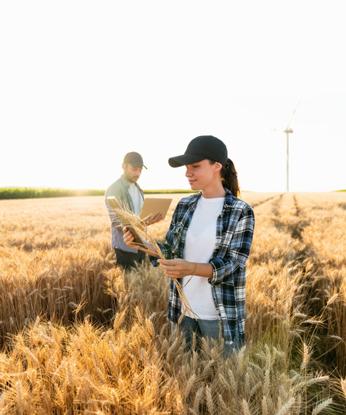Fáilte chuig EU-FarmBook
Forbraíonn EU-FarmBook bunachar sonraí idirghníomhach foinse oscailte ar fud an AE. Is é an áit a spreagann feirmeoirí, foraoiseoirí agus comhairleoirí nuálaíocht a dhéanamh. Tagann ábhair atá úsáideach le haghaidh cleachtadh ar nós físeáin, lámhleabhair úsáideora, infographics agus go leor eile le chéile.

